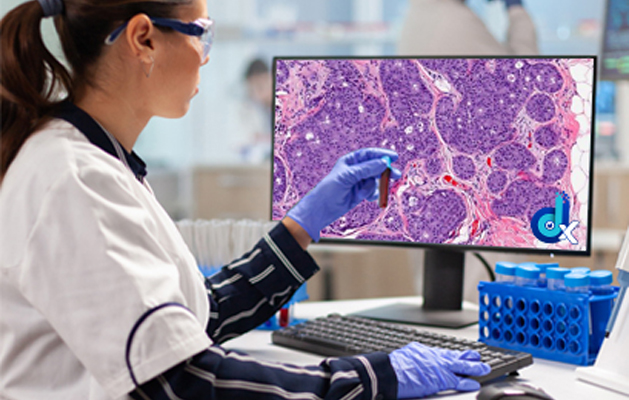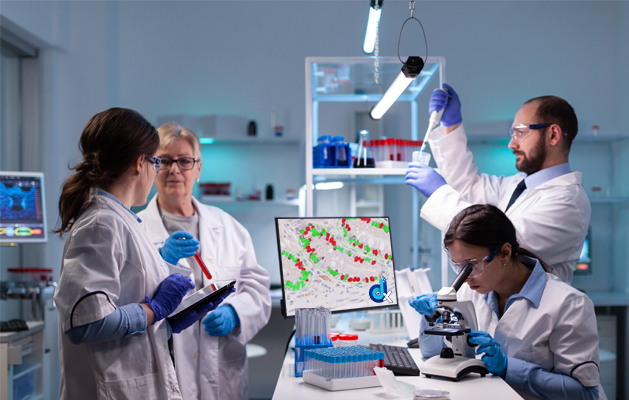Telepathology and Remote Consultation
Welcome to our webpage dedicated to exploring telepathology and remote consultation, two vital aspects of modern healthcare delivery. Below, we delve into the concepts, platforms, regulatory landscape, and real-world examples of telepathology in action.
Telepathology Concepts and Implementation
Telepathology involves the remote diagnosis and consultation of pathology cases using digital imaging technology and telecommunications. This innovative approach allows pathologists to review and interpret specimens from virtually anywhere, facilitating timely and efficient diagnosis, particularly in areas with limited access to pathology expertise. Implementation of telepathology typically involves the integration of digital imaging systems, such as whole-slide scanners, with secure telecommunication networks. Pathologists can then access digitized slides remotely, analyze them using specialized software, and provide diagnostic interpretations or consultations in real-time.
Remote Consultation Platforms
Several remote consultation platforms have emerged to support telepathology workflows, offering secure and user-friendly interfaces for pathologists and healthcare providers. These platforms often feature functionalities such as image sharing, annotation tools, live video conferencing, and electronic reporting capabilities.
Leading remote consultation platforms include :
- PathAI
-
A cloud-based platform that enables pathologists to collaborate on digital pathology cases, leveraging artificial intelligence for image analysis and decision support.
- Proscia
-
Offers an end-to-end digital pathology solution with remote viewing capabilities, customizable workflows, and integration with laboratory information systems.
- Philips IntelliSite Pathology Solution
-
Provides a comprehensive digital pathology platform for slide scanning, image management, and remote consultation, supported by advanced analytics and collaboration tools.
Regulatory and Legal Considerations
While telepathology offers numerous benefits, regulatory and legal considerations must be addressed to ensure compliance and patient safety. Key considerations include:
- FDA Regulations
-
Telepathology systems may be subject to regulatory oversight by the U.S. Food and Drug Administration (FDA), particularly when used for primary diagnosis.
- HIPAA Compliance
-
Adherence to the Health Insurance Portability and Accountability Act (HIPAA) is essential to protect patient privacy and confidentiality when transmitting digital pathology images and patient data.
- Licensure and Credentialing
-
Pathologists providing remote consultations must adhere to state licensure requirements and professional standards, ensuring qualifications and competency in telepathology practice.
Case Studies and Success Stories
Real-world examples illustrate the transformative impact of telepathology on healthcare delivery. From improving access to pathology expertise in underserved areas to enhancing collaboration among multidisciplinary teams, these case studies demonstrate the value of telepathology in diverse clinical settings.
- Telepathology in Rural Healthcare
-
A case study showcasing how telepathology networks have empowered rural healthcare facilities to access timely pathology services, improving diagnostic accuracy and patient outcomes
- Remote Consultation for Complex Cases
-
Success stories highlighting the role of telepathology in facilitating remote consultations for challenging or rare pathology cases, enabling expert opinions and treatment recommendations from specialized centers.
-
Explore the power of telepathology and remote consultation in modern healthcare, driving innovation, efficiency, and excellence in pathology practice.




